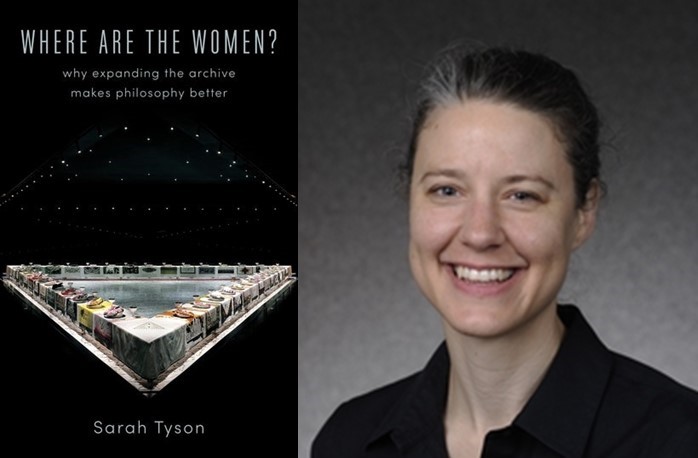Q&A: Susan Fraiman on the Notion of Domesticity

“Domesticity for the homeless is never entirely missing, though it may certainly be shattered, incomplete, and cobbled together.”
In celebration of Women’s History Month, this week one of our featured titles is Extreme Domesticity: A View from the Margins, by Susan Fraiman. Today we’re happy to present you with an Q&A that originally appeared in CityLab.
Enter our book giveaway by Friday at 1 PM for a chance to win a free copy!
• • •
SF: Normative ideas about domesticity lead us to overlook the dynamism, complexity, and diversity of domestic life. Conservatives celebrate the conventional, postcard version of home, while progressives generally criticize it. Yet both groups tend to assume that household concerns and routines are trivial, repetitious, unskilled, and not particularly interesting. The work of maintaining a household is scarcely recognized as work—which is why it’s either poorly paid or not paid at all. Likewise, the people who do this work (almost always female) are viewed condescendingly not only as unskilled, but also as passive and unthinking.
A major goal of my book is to push back against this negative stereotype. However, my point is not to glamorize housework or deny its oppressive aspects, much less to discourage women from involvement in the public sphere. My work supports and supplements feminist critiques of women’s confinement within the home.
I would also distance myself from what some have touted as the “new domesticity”—a return to labor-intensive, artisanal housewifery, in opposition to modern, high-tech culture. What I do share with this perspective is an appreciation for the hard work, competencies, and creativity involved in keeping house and caring for others, whatever your gender is and whether or not you take a DIY approach.
Q: Your book has a chapter on homeless domesticity, which some might consider an oxymoron. But your research suggests that domesticity is still created—perhaps even highlighted—when people are homeless or insecurely housed.
SF: The chapter looks at several first-person accounts, one documentary film, and numerous studies by ethnographers or journalists. One community was located under the bridges of downtown Los Angeles, another beneath the streets of Manhattan in abandoned train tunnels, and a third in a shelter near Washington, D.C. In every case, being insecurely housed did not mean the absence of domestic concerns but, on the contrary, an ongoing need to improvise aspects of home that most of us take for granted. How can I find a safe, dry place to sleep? Does my kid have cereal for breakfast? Where can I take a shower? How can I carve out a modicum of privacy and coziness in a public place? Domesticity for the homeless is never entirely missing, though it may certainly be shattered, incomplete, and cobbled together.
Indeed, accounts of homelessness serve to distill many of our basic needs as human animals, along with the daily actions, the domestic labor, necessary to supply these needs. Without question, these accounts document terrific trauma. But they also exemplify the way all of us, even or especially under dire circumstances, modify our environment to produce a degree of safety, comfort, and belonging.
Read Original Interview at CityLab.com
Remember to enter this week’s drawing for a chance to win a copy of Extreme Domesticity: A View from the Margins!








